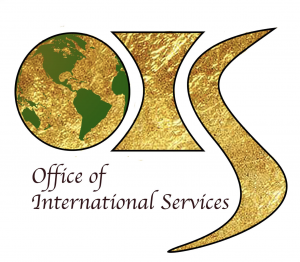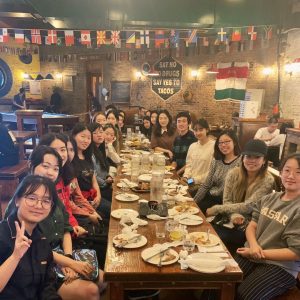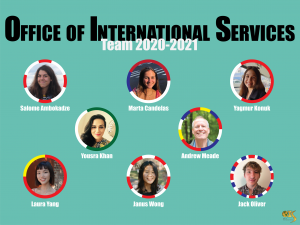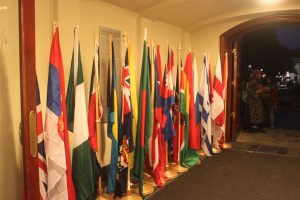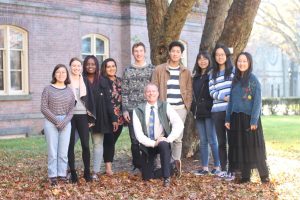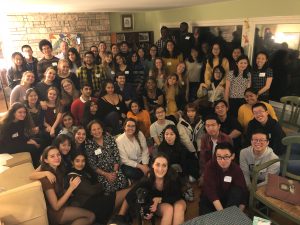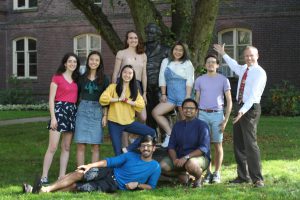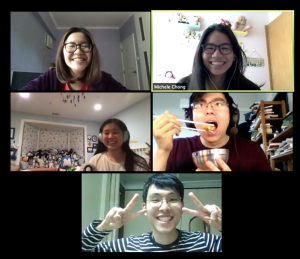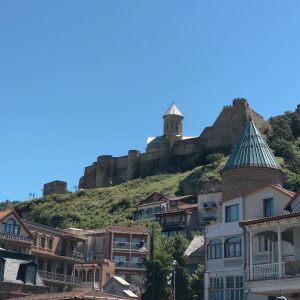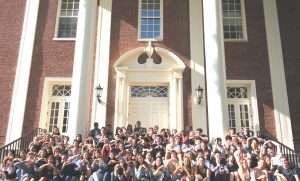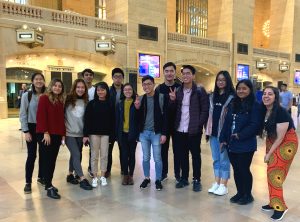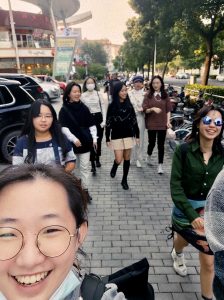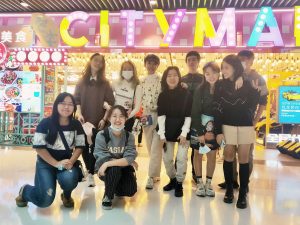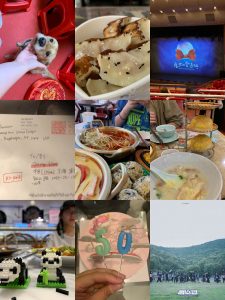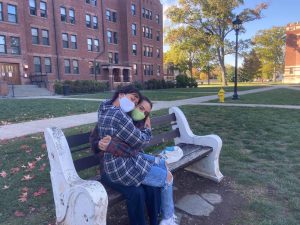Global Perspectives at Vassar
At Vassar, cultural diversity is experienced through its students, (11% of whom are international), faculty, administration and employees who come from a wide range of different backgrounds, countries and cultures. Vassar’s global perspective, however, reaches far beyond the classroom and the campus. While for most people spring break is a time a time for sun and sand or just catching up on sleep and relaxing, several different groups of students used it as an opportunity to engage first-hand in cross-cultural interactions.
Vassar Haiti Project Heads to Haiti
On Saturday, March 13, the Vassar Haiti Project (VHP) hosted a trip of 14 people to Haiti. Participants included 11 students, including eight international or overseas students and one beloved international alum. The primary goal of the trip was to visit and engage with the people of Chermaitre, a remote, mountain village in Haiti that VHP has worked with since 2001, and for VHP volunteers to experience, understand, and appreciate Haiti more generally. The trip also provided the opportunity for the group to observe the progress of their four initiatives in Chermaitre: education, health, reforestation and water, and to continue their support of the local artisans and art market in Cap Haitien.
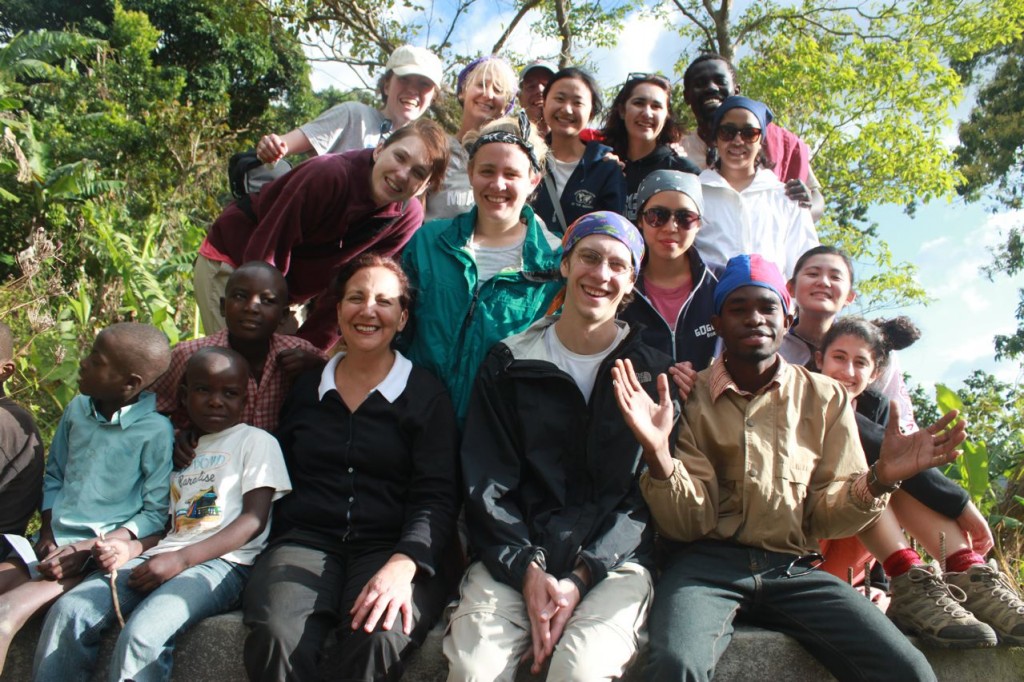
Tamsin Chen ’15, an international student from Singapore, wrote “Our trip to Haiti was personally one of the most enriching experiences I’ve ever had. I am certain that it will not be just a one-time memory; the trip really solidified our commitment to Chermaitre (the village that the Vassar Haiti Project works with) and we will continue working with the Project for as long as we can.”
In the words of Andrew Meade, Director of International Services and the Co-founder of VHP, “The trip provides an extraordinary opportunity to observe a paradigm of existence profoundly different than that of upstate New York, and to participate first hand in an 11-year old partnership committed to improving education, health and sustainable development in a Haitian village.”
“We accomplished a lot in the short time we spent in Chermaitre,” reported VHP co-president Fiona Koch ‘12. Having been on the trip in 2010, I am very pleased with the progress we made in communicating with the people who benefit from our education, water, medical and reforestation initiatives. In past years, we focused mainly on education and the children, but during this trip we were able to include the adults and leaders in the community, which is crucial to establishing a sustainable relationship. I was particularly moved by the dialogue we had with the women, during which many of them shared stories of personal loss and the hardships of subsistence farming. While some of these dialogues were intense, they were also very hopeful, and I am excited by the possibility of providing health care and business models specifically targeted to the women, based on our discussions.”
For more info on the trip and about VHP, visit their blog: http://pages.vassar.edu/haitiproject/
2012 International Studies trip to Cuba
For the first time since 2002, the International Studies Course and Trip was able to return to Cuba thanks to the Obama administration’s lessened restrictions on US travel to the island. The course was co-taught by Leslie Offutt, Lizabeth Paravisini-Gebert and Colleen Cohen (of the History, Environmental/Hispanic/Latino Studies, and Anthropology/Women’s Studies departments respectively) and applied a multi-disciplinary approach to study Cuban culture, focusing specifically on Cuban transitions after the Collapse of the Soviet Union in 1991. During the two weeks of spring break, the 46 participating students and professors engaged in a comprehensive tour of Cuba including not just Havana, but Pinar del Rio, an area known for eco-tourism; Cienaga De Zapata, Cienfuegos and Trinidad, both UNSECO world heritage sites and Santa Clara, the burielplace of Che Guevara.
Quoted in a Miscellany News article on the trip, Paravisini-Gebert said, “The experiences tend to be pretty life-changing for students. There are opportunities to test what you have learned in the classroom on the ground, it gives you field experience to measure against what you have learned through reading and that is invaluable.”
In the same article, Anna Carias ’14 said, “It is beyond belief invaluable because just learning about Cuba the first six weeks, you don’t really get a sense of the culture or the country. You can think you have the sense of a country, but when you finally get there and you’re immersed in the culture, there is no way you can teach that, or show it in a movie.”
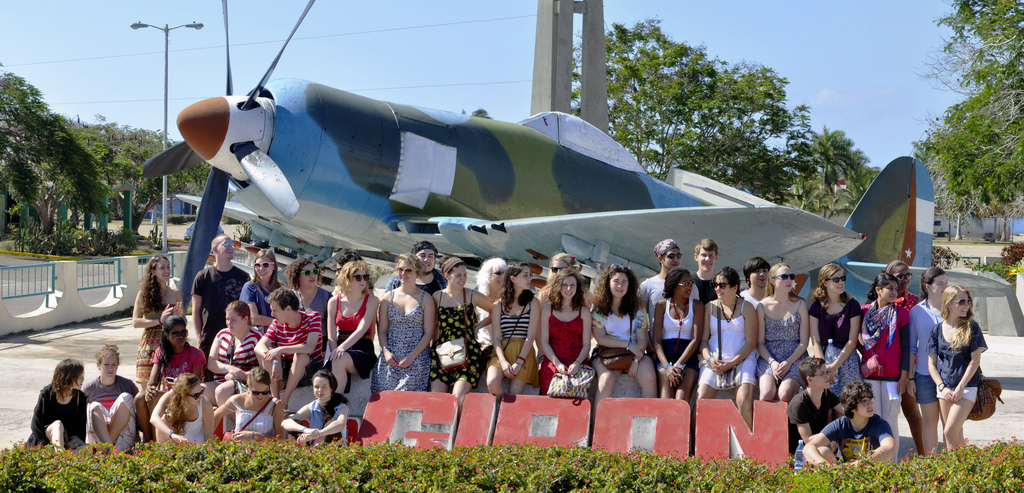
Trips like these are also crucial in broadening student’s cultural understanding and sometimes erasing misconceptions about the world around them. In a post for the class blog, Tim McCormick writes, “Begin educating yourself on Cuba the way our class did. You might be surprised how far a cry it is from the totalitarian Communist hellhole it is made out to be.”
I went on the trip as well and have to agree with Lisa that it was a life-changing experience. There’s really nothing like opening my Vmail and seeing, amongst all the emails from professors and reminders to submit my timesheet to student employment, a note from Eddy, a young man I met in Cienfuegos, who like myself is genuinely interested in understanding a culture other than his own.
